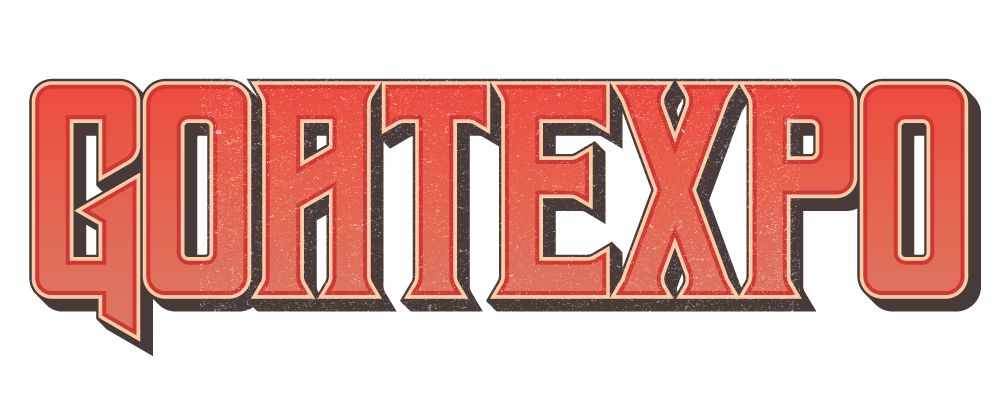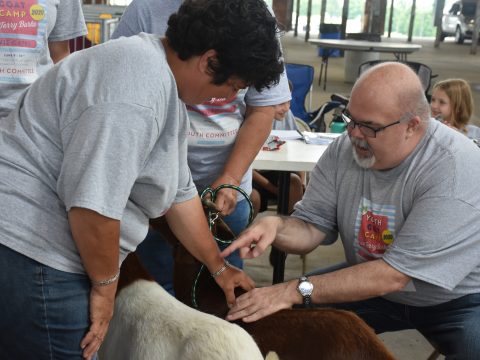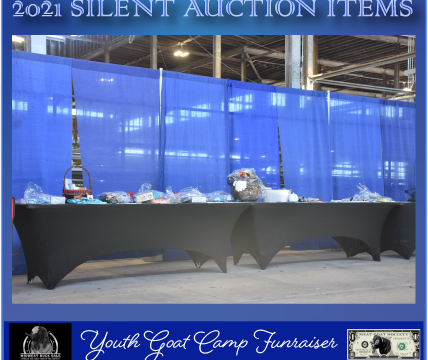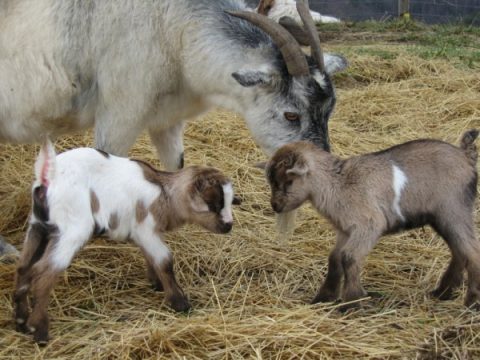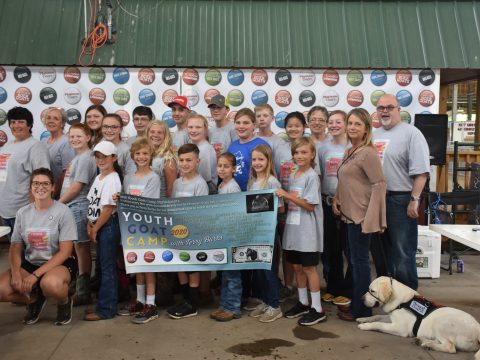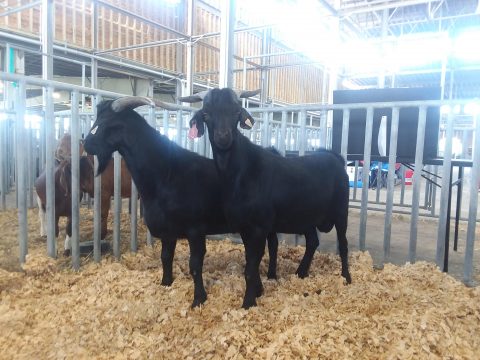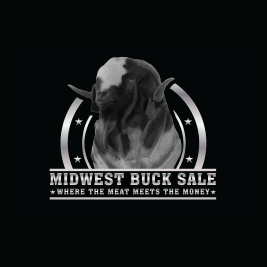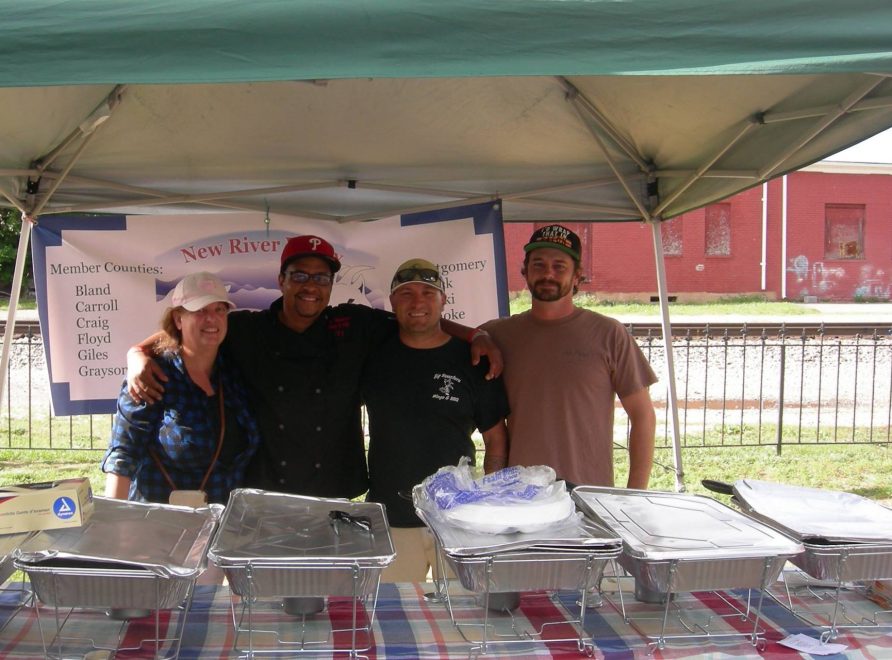
Economic Development and the Goat Industry in the Appalachian Mountains – Why Value Added Matters
Third Blog Post
The Midwest Buck Sale has kindly allowed us to blog a series of posts to describe The New River Valley Sheep and Goat Club, and what is does, in case this information may be useful to inspire other farms and producers around the country.
The New River Valley Sheep and Goat Club (the Club) is a network of sheep and goat farmers dedicated to promoting, advocating for, and growing the number of sheep and goats in the mountains of rural Southwest Virginia, and by popular demand, has expanded to include nearby farms in North Carolina, West Virginia, Pennsylvania, and South Carolina. The Club was established in August of 2014 and current membership is over 160 Member Farms and over 520 individual members. The club is funded solely by its members. About half of the membership is composed of farms raising all varieties of goats – from dairy to fiber to meat goats.
This post will focus on how the club values and benefits from having the involvement of artisans and value added production members.
Economic Development: One of the Club’s main objectives is economic development in members’ areas. Selling the animals is one way to make money, but value added production usually is more economically beneficial to the farm and to those with businesses. We have many members that process their animals and sell at local farmers market or straight from the farm and the Club website helps advertise what they have available. The Club also aims to have a series of food events where we serve goat and lamb (along with recipes) to help build demand for this meat in the community.
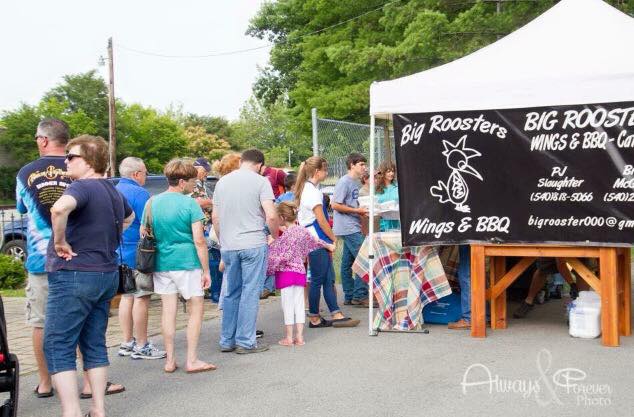
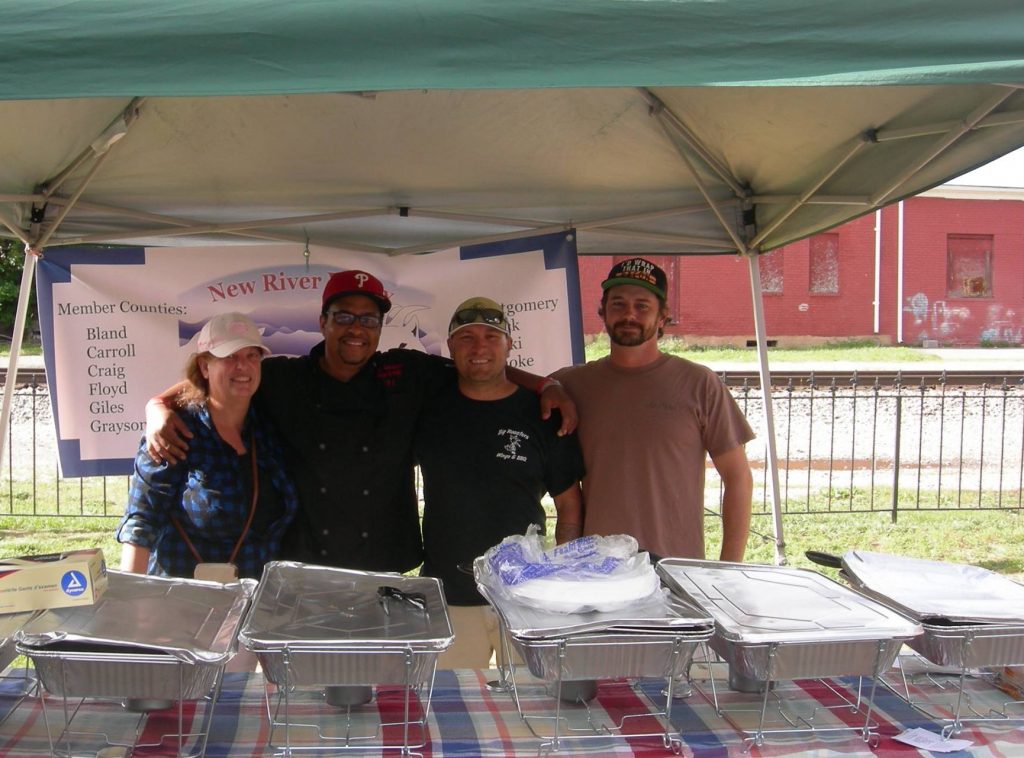
For our members that produce soaps, lotions, fiber arts, etc., they can advertises on the Club website and Facebook page. The club will also help off-set the cost of a booth at a festival or event where a member is selling value-added products and we ask that they share Club information.
Fiber: Some meat goat varieties will have a bit of cashmere or mohair that can be combed out and used in fiber arts. The club has a wide variety of fiber artists and they willingly share they talents and teach monthly classes for members and the public. The Club charges a fee for non-members participating.
Fathers and mothers have brought their children with them to these classes. Often, members participating have goats or sheep and, you know what happens when farmers get together, we often talk at length about feed, parasites, kidding season, coyotes, etc. The fiber takes on a new dimension when folks understand what goes into care of the animal.
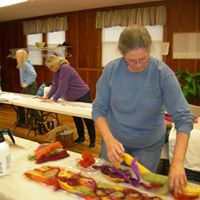
The artisans often buy their fiber from retail sites and we have been encouraging them to buy from farmers. This helps both the farm and the artisan. The artisans always want a clean, high quality fiber, and this usually means the farmer will have to improve the nutritional uptake of animal – and figure out how to keep it out of the nettles and dirt. The artisan then has a much better story behind their product and they can point to the local farm as the source.
Artisans have proven to be a valuable asset to the club as they learn about the animals during fiber classes and field trips and they assist with educational outreach to the communities. The more people understand the hard work and care farmers put into their animals it helps to improve the reputation of the agri-industry. If you want people to understand the value of not only the meat but the hide, fiber, milk, etc, you have to be willing to teach them.
The next blog post will go into more detail on how the Club communicates with stakeholders and lobbies on issues of importance to members. If you would like to learn more about the club in the meantime, please view our website: www.nrvsheepandgoatclub.com

